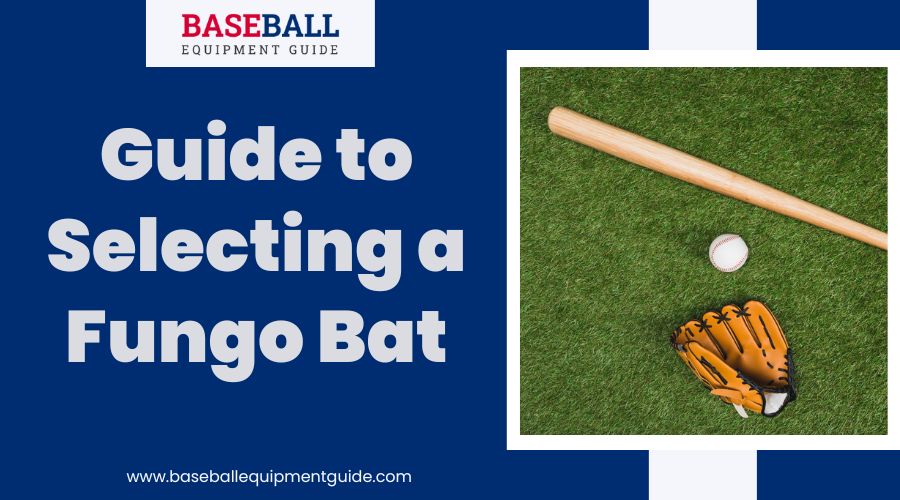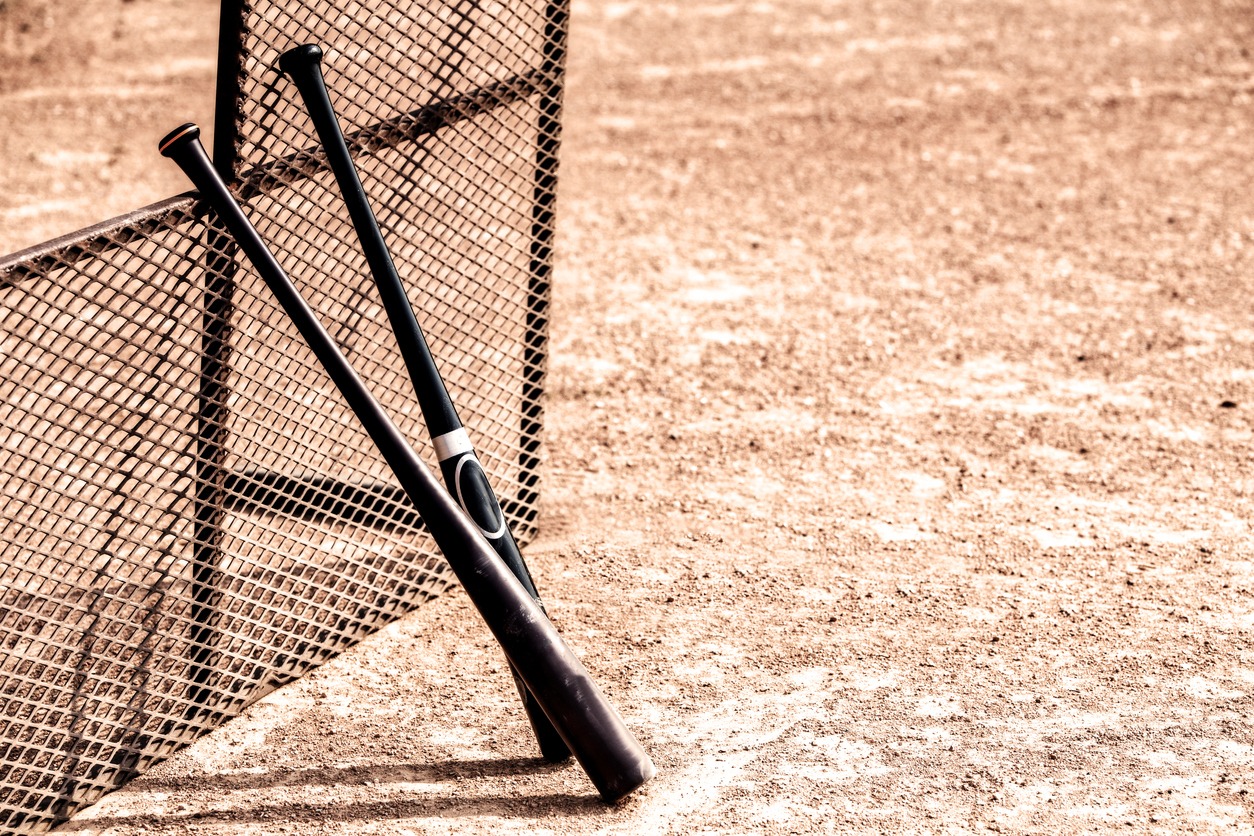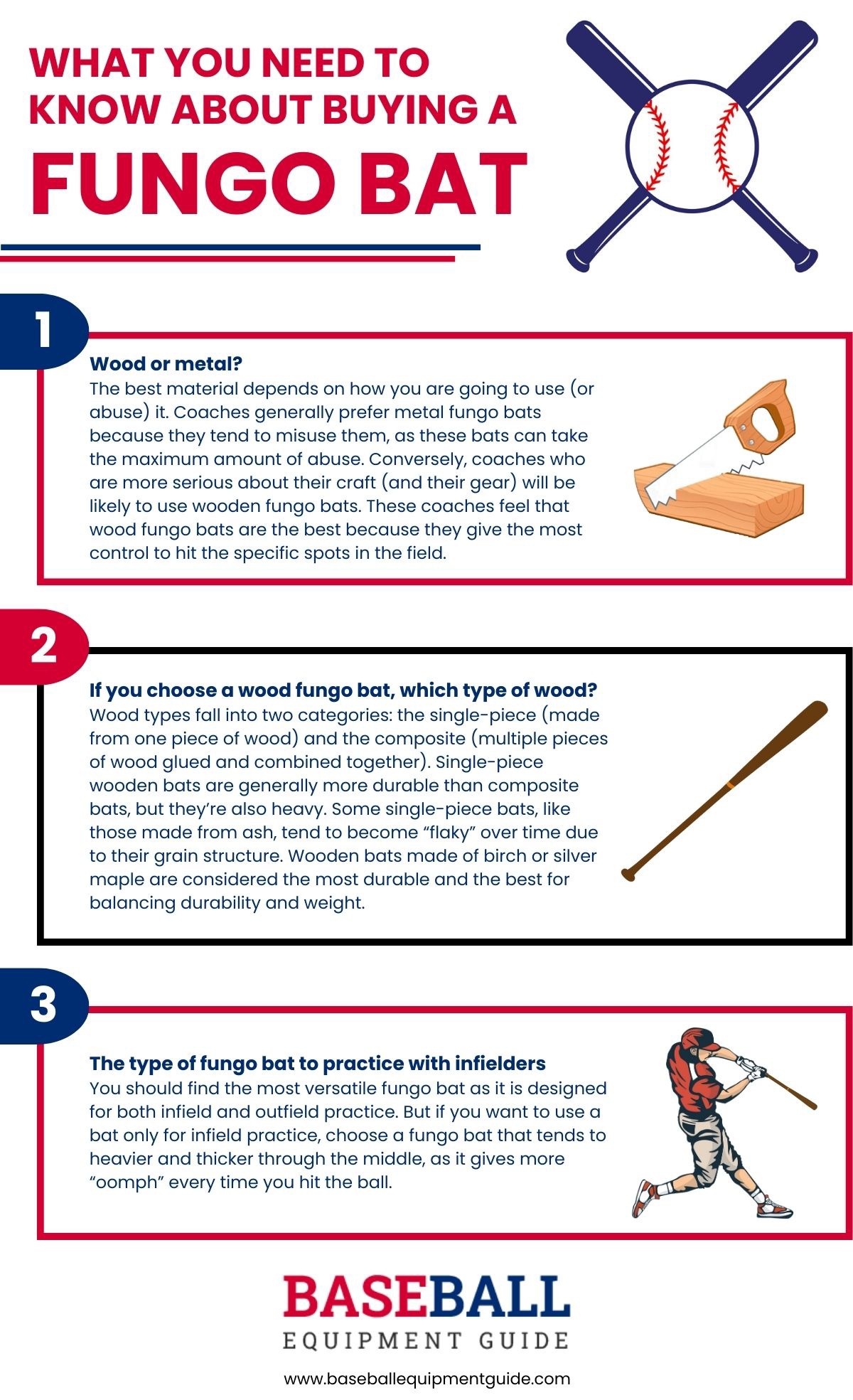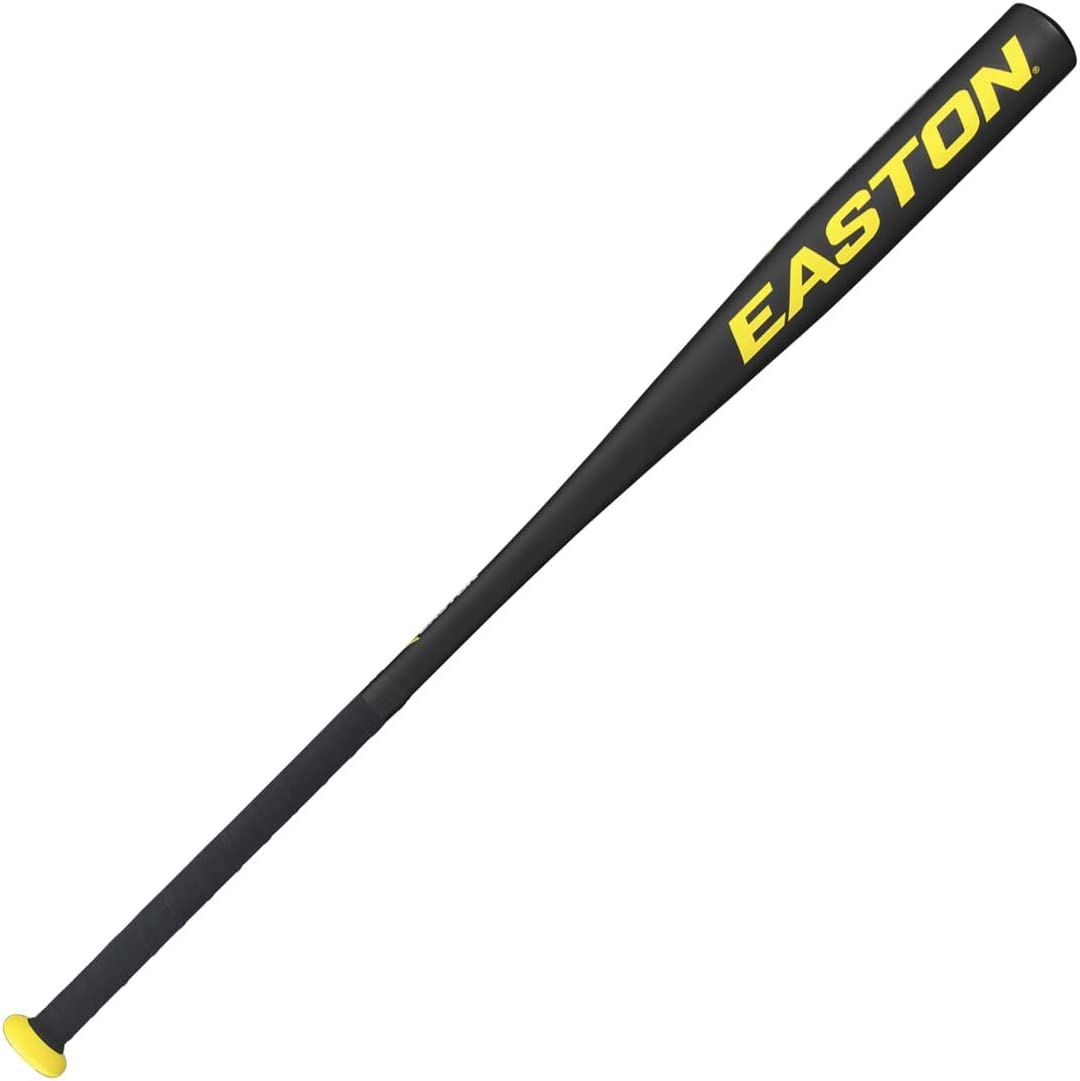In any sport, it is necessary to have the right equipment to play with which will directly affecting the player’s performance. Have you heard of fungo bats? You may have even seen them during practices, which these bats have in place. Fungo bats are essential as they serve the purpose of simulating in-game hits to aid position players in working on their fielding.
A little history about the fungo bat
Fungo bats have been around since baseball’s inception. Since fungo they were much easier to swing and gave off a significant “pop,” these bats were also seen as a sort of cheating back in the day. In a book titled “The Technical Terms of Baseball,” published in 1897, sportswriter Henry Chadwick wrote: “The weakest batting is shown when the batsman indulges in fungo hitting.” It wasn’t until bat regulations were imposed that fungo bats were only used by coaches and parents of young players.
What is the difference between a fungo bat and a regular baseball bat?
- Fungo bats are thinner and longer than standard baseball bats. They are designed that way to hit the balls that are gently tossed in the air. While regular bats can’t be longer than 34 inches, fungo bats usually measure between 35 and 37 inches.
- Fungo bats also don’t weigh as much as standard bats. While the bats used in games and batting practices depend on the league or competition levels, most fungo bats weigh from 17 to 22 ounces. Because these bats are lightweight, coaches can hold them with only one hand while they use the other hand for tossing the ball.
- The barrel diameter between fungo bats and regular bats also differs from one another. While the barrel diameter also depends on the league and competition levels, most fungo bats have thinner barrels than standard bats, never exceeding 2 ¼ inches. The thinner barrel allows better control and accuracy, as well as faster swing speed.
Fungo bats were made famous by baseball coaches because they use these bats to increase the precision of the player. Some drills are carried out by parents or coaches in which the ball is constantly through in the air, and the player holding the bat hits it. This is done to practice. Since it is lightweight, the fungo bat is very popular and recommended by coaches. It is little wonder that fungo bats are preferred during practices. They can even be swung one-handed.
What you need to know about buying a fungo bat
Just like buying other baseball gear, buying a fungo bat requires thorough consideration. Take a look at these factors below:
- Wood or metal? – The best material depends on how you are going to use (or abuse) it. Coaches generally prefer metal fungo bats because they tend to misuse them, as these bats can take the maximum amount of abuse. Conversely, coaches who are more serious about their craft (and their gear) will be likely to use wooden fungo bats. These coaches feel that wood fungo bats are the best because they give the most control to hit the specific spots in the field.
- If you choose a wood fungo bat, which type of wood? – Wood types fall into two categories: the single-piece (made from one piece of wood) and the composite (multiple pieces of wood glued and combined together). Single-piece wooden bats are generally more durable than composite bats, but they’re also heavy. Some single-piece bats, like those made from ash, tend to become “flaky” over time due to their grain structure. Wooden bats made of birch or silver maple are considered the most durable and the best for balancing durability and weight.
- The type of fungo bat to practice with infielders – You should find the most versatile fungo bat as it is designed for both infield and outfield practice. But if you want to use a bat only for infield practice, choose a fungo bat that tends to heavier and thicker through the middle, as it gives more “oomph” every time you hit the ball.
Some examples of fungo bats on the market to check out:
1. Easton F4 Aluminum Fungo Bat
The Easton F4 Aluminum Fungo bat measures 35 inches long and weighs 22 ounces. Its pro-tapered grip will give you an experience you might not have had before. It is available in black and yellow.
2. Mizuno Pro Fungo Bat
The Mizuno Pro Fungo Bat should be your choice if you’re looking for versatility. Perfect for infield or outfield practice, this pro-level fungo bat may be made of hybrid wood, but it is otherwise durable with a great feel. Available in 35 and 37 inches.
3. Louisville Slugger K100 Fungo 36” Training Bat
The Louisville Slugger K100 is one of the high-quality baseball bats out there. It measures 36 inches, and its lightweight and easy barrel design allows you to do as many practice swings as you need without tiring. Its clear topcoat finish and iconic logo bring this bat a vintage look and feel. This is quite an affordable but high-quality bat, giving you a good bang for the buck.
4. Rawlings Maple Fungo Training Bat
The Rawlings Maple Fungo Training Bat is designed to give game-like practice reps to sharpen a player’s defensive skills. The fact that it is made of single wood (maple) adds to its durability, but its cupped barrel gives this bat a lightweight feel. It is available in 37 inches for outfield practice and 34 inches for infield training.
5. Marucci MTRBFA Aluminum Fungo Bat
The Marucci fungo bat is made of high-strength alloy. Its patented AV2 knob, removable taper, and soft-touch grip allow you to hit in and out with comfort and ease. And best of all, it comes with a one-year manufacturer’s warranty!
Conclusion
The length of the fungo bat and its grip matter a lot, so you must be entirely sure about what you will buy. If you want to try some lightweight bats for practice, you will need fungo bats.




